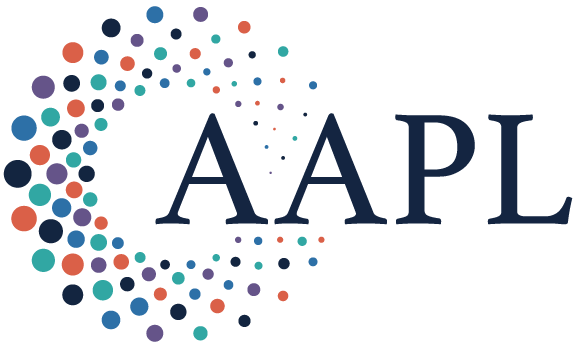Summary:
How did Rush University Medical Center in Chicago improve HCAHPS hospitalist-patient communication and satisfaction scores.
Measures taken by Rush University Medical Center led to an increase of 59 national percentile points in hospitalist-patient communication scores over a seven-year period.
Ten years ago, Rush University Medical Center in Chicago, Illinois, enjoyed respectable Hospital Consumer Assessment of Healthcare Providers and Systems patient satisfaction scores, but rated among the worst in the nation in hospitalist-patient communication.
In response, the system set out to create and sustain an improved hospitalist culture that prioritizes patient experience. A series of innovations allowed Rush to make significant strides in improving the scores (see Table 1).
The focus on hospitalists helped Rush physicians' overall rise above the 50th percentile nationally in communication domain score for the Centers for Medicare & Medicaid Services' Hospital Value-Based Purchasing program, allowing the organization to avoid a penalty.
To improve communication and satisfaction scores, Rush made the following implementations.
For patients:
1. “Face cards” — 4x6-inch business cards with the medical team member’s photo, job description and contact information; handed to patients to initiate conversation about the hospitalist's role.
2. Checklists to update care plans and results.
3. In-room white boards for two-way communication with medical team.
4. Afternoon visit to update care plans and results.
For the medical team:
1. Bedside interviews to provide timely and targeted patient feedback, including areas for improvement.
2. Monthly review of individual HCAHPS scores, patient feedback and checklist use.
3. Group bonuses to reward achievement of group HCAHPS goals.
4. Annual education sessions to focus on effective communication, checklists and HCAHPS.
5. Data collection to benchmark hospitalist-specific database of HCAHPS scores.
***
THE BOTTOM LINE
1. Consistent and sustained use of intervention tools are critical to communication success.
2. Physicians value data from bedside interviews over quarterly HCAHPS scores. The interviews provide more immediate, targeted and robust information.
3. Department-wide incentives helps create a culture that values improved patient communication.
REFERENCE
1. Dutta S, Fullan F & Behel J. How We Improved Hospitalist-Patient Communication. https://catalyst.nejm.org/how-we-improved-hospitalist-patient-communication . Accessed Nov. 14, 2018.
Topics
Communication Strategies
Systems Awareness
Environmental Influences
Related
Healthcare Insights: Curated for HALM November/December 2025Physicians Can Play a Role in the Safety of Patients Considering Treatments AbroadIs This a Moment for Strategic Hibernation?Recommended Reading
Strategy and Innovation
Healthcare Insights: Curated for HALM November/December 2025
Strategy and Innovation
Physicians Can Play a Role in the Safety of Patients Considering Treatments Abroad
Strategy and Innovation
Is This a Moment for Strategic Hibernation?
Operations and Policy
The Gen AI Playbook for Organizations
Operations and Policy
Stop Running So Many AI Pilots
Operations and Policy
Managing a Productive Prima Donna


